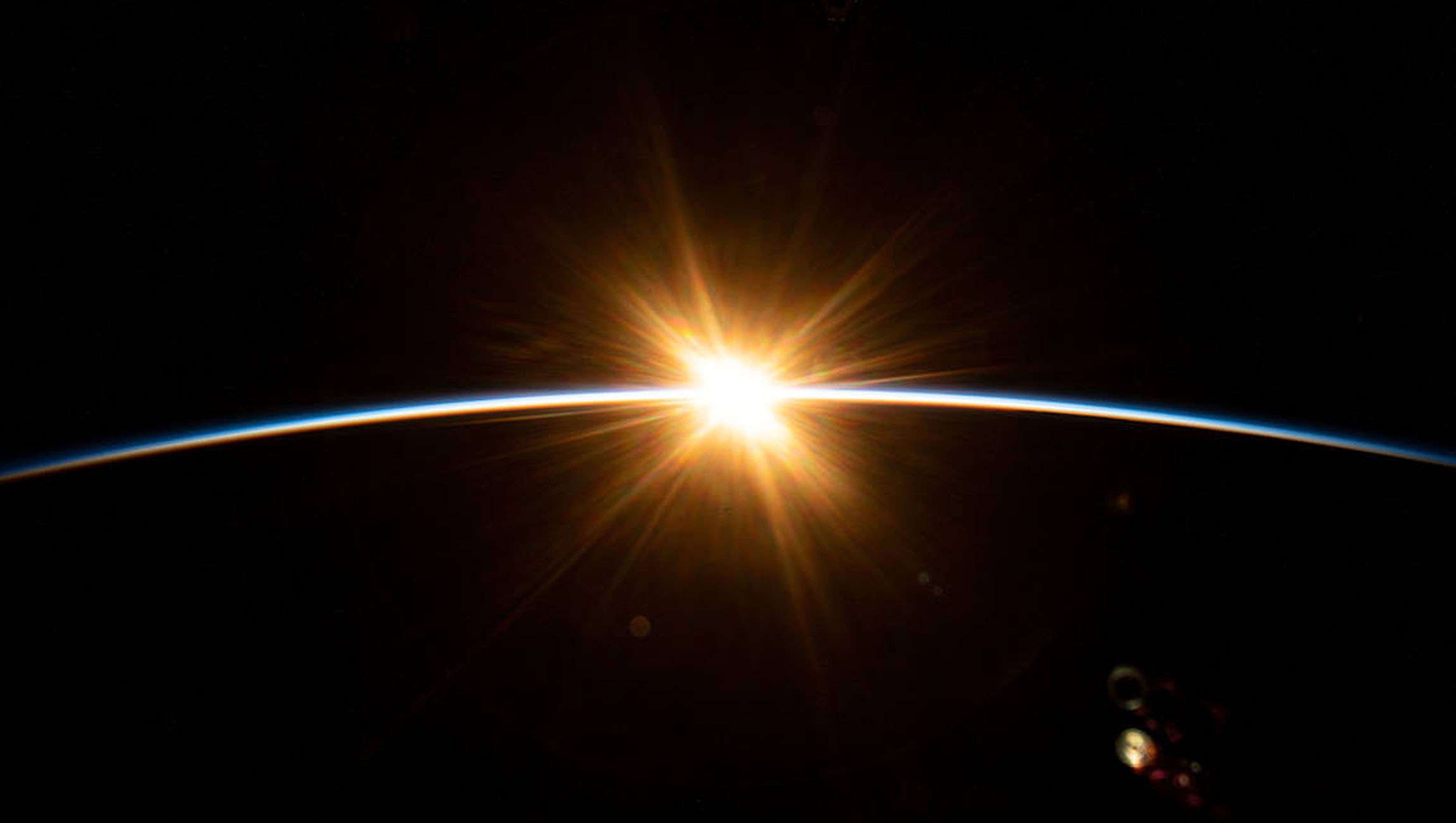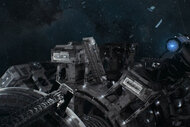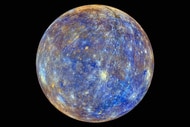Create a free profile to get unlimited access to exclusive videos, sweepstakes, and more!
Does our majestic solar system really look like a squashed croissant?

If you’ve ever seen an image of Voyager 1 or 2 on their way out of the heliosphere, which is the bubble we exist in (made of charged particles the sun blows around the solar system), it has the shape of a comet. Now that image has morphed into something much weirder.
While it is nearly impossible to actually measure the heliosphere, NASA has come up with a new model. The space agency suggests the behaviors of materials within our bubble warp it into something that looks like either a croissant someone stepped on or a wad of chewed-up gum (depending on how you see it). Scientists used to think the front end was rounded so our solar system could traverse the void of space. The comet shape’s “tail” followed its movement through the universe, which seems to make sense. So why the sudden warp?
“To model how pickup ions separated from the rest of the particles in the heliosphere, I developed a theory, came up with analytic questions and then modified the code for the simulations," astronomer Mary Opher, who led a study recently published in Nature Astronomy, told SYFY WIRE.
Turns out that solar particles have probably been warping the shape of the heliosphere for as long as the Sun has existed. Pickup ions (PUIs) seem to be the reason for the bizarre shape that was determined in computer simulations. They ride the solar wind, which is made up of charged particles, out into space, except they are much hotter than the rest of the particles streaming outward with them. When neutral interstellar hydrogen atoms interact with the solar wind and have electrons bumped out of them, they turn into pickup ions. This kind of ionization can happen when the neutral particles interact with rogue particles or have electrons knocked out of them by solar UV radiation.
Pickup ions are much hotter than the rest of the solar wind, and hot fluids do not get along with cold fluids in space. They tend to just mind their own business instead of merging. The simulations run by Opher and her team showed that when superhot ions separate from cooler particles, the pickup ions dominate. The 3D model that resulted from those simulations showed that PUIs make the heliosphere spherical, but deflate it quickly when they exchange charges with netural hydrogen atoms, pass the termination shock and drift into the heliosphere’s outer boundary or heliosheath, where particles slow to less than the speed of sound and go interstellar. This is where you get the squashed croissant—or chewed gum, or disembodied stomach, or whatever monster your imagination creates.
"PUIs may dominate the heliosphere, but the solar magnetic field acts as the skeleton of the helisophere," Opher said regarding its shape.
Voyager 2 was apparently onto something. When it crossed the termination shock and entered interstellar space, scientists were aware that the pressure in the heliosheath, where solar wind has slowed down beyond the termination shock, was mostly caused by pickup ions. Their effect on the solar system hasn’t been studied in much depth until now. What could either of the Voyagers possibly see if they were equipped with the same advanced equipment we have today?
"Voyager spacecraft don't have a way to measure the pickup ions; also, the magnetometers they do have ot measure the magnetic field are not equipped to measure the weak magnetic field in the heliosheath (at the edges of hte solar wind), so we need to revisit the region with a sensitive magnetometer," Opher said.
So next time someone tells you that you live in a bubble, tell them NASA has proven that we really do live in a bubble, and a really warped one at that.














